Roope Tonteri
Roope Tonteri interview: “The Deep Thinker I use for backcountry, that’s why I have it a little bit longer than the Custom.”
Team Burton snowboarder and former Slopestyle and two-time Big Air World Champion Roope Tonteri talks about getting sponsored, and the technicalities of his Burton rides.
Roope Tonteri
Roope Tonteri interview: “The Deep Thinker I use for backcountry, that’s why I have it a little bit longer than the Custom.”
Team Burton snowboarder and former Slopestyle and two-time Big Air World Champion Roope Tonteri talks about getting sponsored, and the technicalities of his Burton rides.
The Swiss resort of Saas Fee is sitting under a bowl of blue sky and a gleaming silver sun. It isn’t a vast resort by any means, just 100km of winter piste that the accomplished rider will conquer in a few days, and right now the runs are limited to those up on the glacier above the Saas Valley.
But the sky hangs over Saas Fee like a low ceiling and the jet-trail scratches feel very close: what makes this place attractive to the best skiers and boarders in the world is its sheer altitude. Saas Fee is one of the highest resorts in the Alps.
“It’s been okay here,” Roope says. “Just a little bit icy in the morning, and then it turns to slush really quickly when the sun hits the snow. So not the best conditions but it’s still super fun to cruise around.”
Warm weather’s on the way though and that slush might start creeping into the earlier part of the day by the weekend. Swiss meteorology, however, is not a consideration of Roope’s.
“I will be heading to Austria for next week to do some building for the new Burton Stash Park in Absolut Park.”
Extending over 1.5km and featuring more than 100 obstacles, Absolut Park is the largest snow park in Austria and is the jewel in the crown of the Shuttleberg ski resort, fifty miles or so from Salzburg. The park is divided into seven sectors, one of which is The Stash. For the uninitiated, stash is a concept that refers to all things natural. Forget gleaming steel rails and metal kickers and instead think tree trunks and heaped snow and wooden huts – anything that can be jumped over or slid on – but with a back-to-its-roots feel for freestylers.

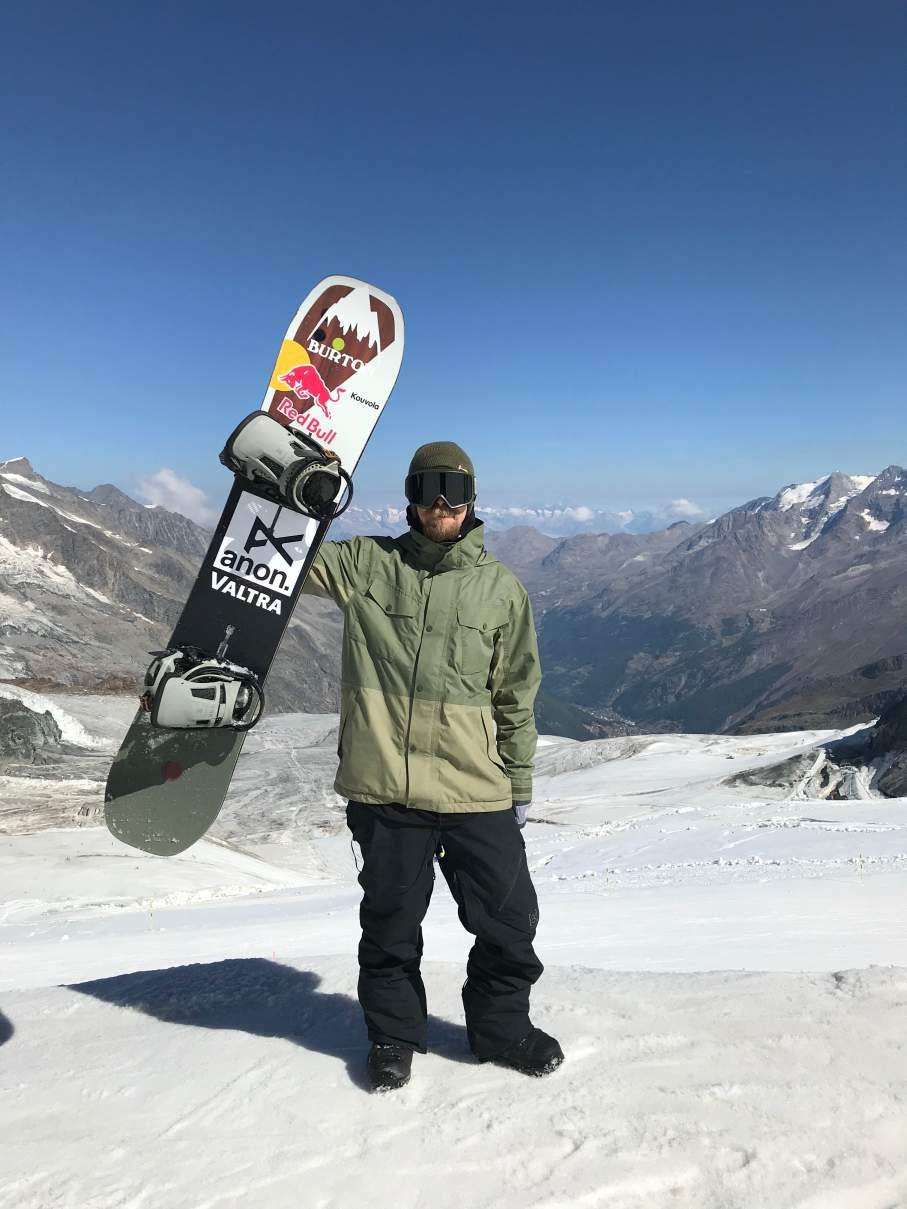
Roope Tonteri’s presence represents a solid element in the foundations of any park: a former World Champion at Slope Style, the Finnish snowboarder comes well-qualified for the job. Despite that and his double Big Air World Championship title, there’s a certain groundedness when Roope talks about his introduction to a sport he has influenced almost as much as it’s influenced him.
“Well I think it’s a really basic story,” he says. “I started skiing when I was four. I guess I saw snowboarders in my local resort and they looked cool. My parents were also snowboarding for a little bit so I think skiing was just too easy for me, and I wanted to do something that’s cool and older boys are doing it. First time I stand on a snowboard was in my backyard and the board was my mom’s board and it still had the hard bindings. I was just trying to stand on it and make this little drop with it. Then later on a couple of my friends from the school also got boards and we just started building a backyard park and riding there every evening after school. This was like 2000.”
And just like that, things started to fall into place.
If you’re an amateur snowboarder, it’s worth remembering that fate finds you in the most unexpected of places. At least it did for Roope Tonteri.
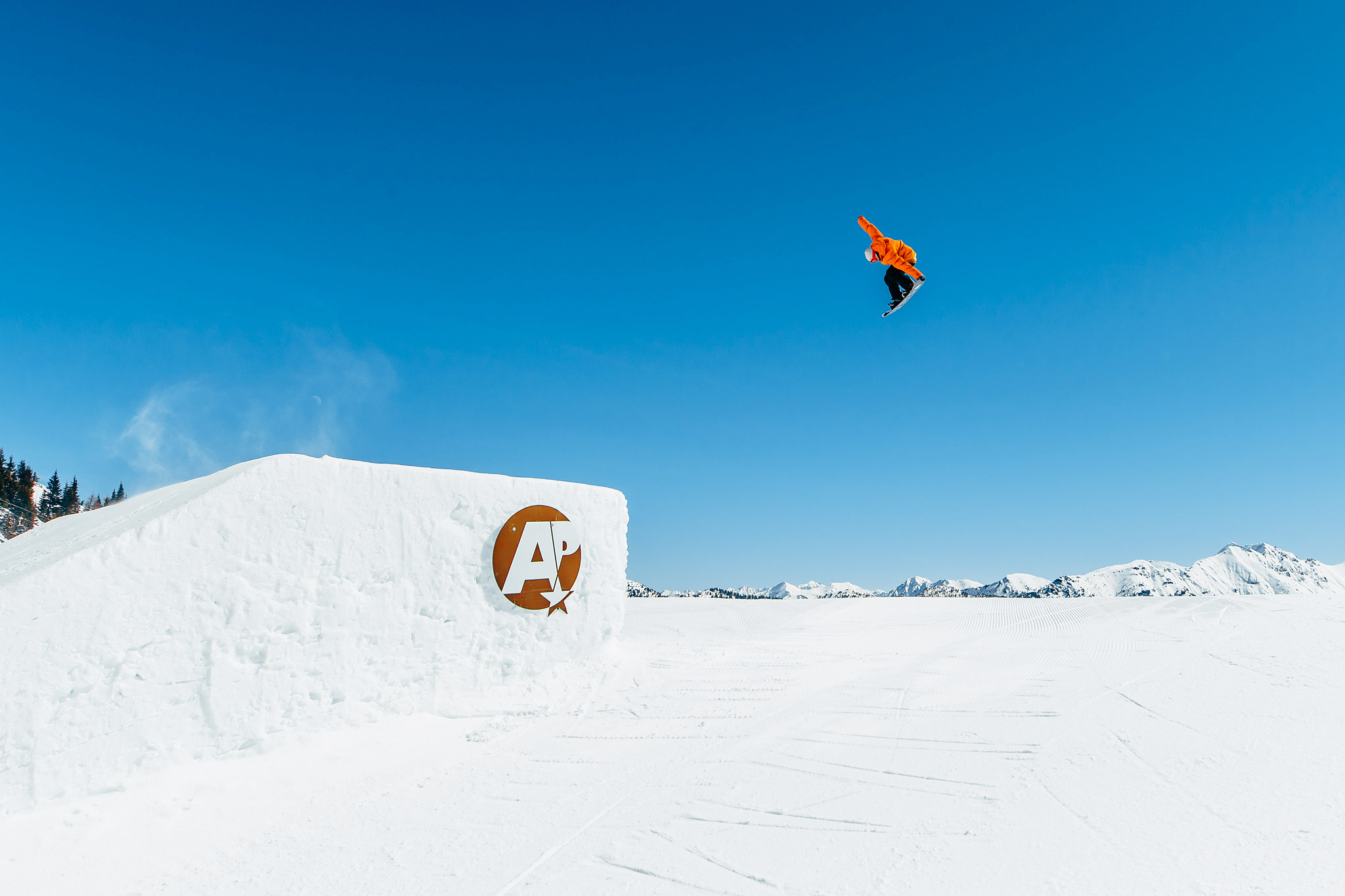
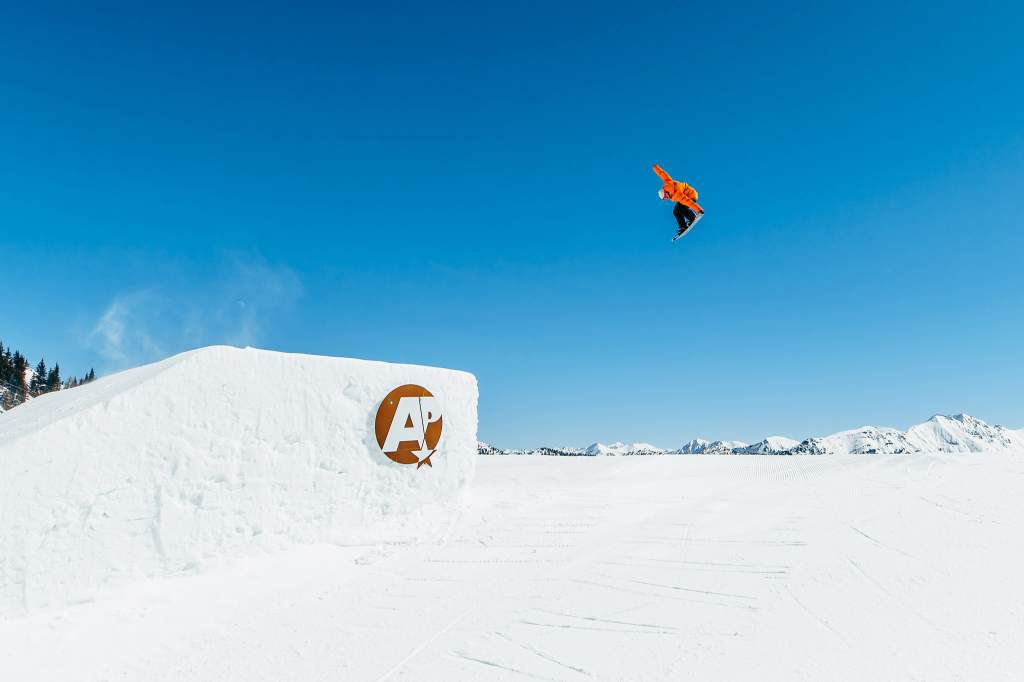
“It’s actually a funny story. I was sponsored by Globe Finland for skateboard at that time and I went to the warehouse to pick up some skate shoes. When I was leaving, the team manager asked me if i would like to go to do a snowboard contest the up coming weekend. I wasn’t snowboarding that much at that time because I just won the Finnish Skateboard Championships in my age and was all about skating. Somehow I went there and it was actually one of the contests in the Burton AM Tour [the Burton AM Tour is one of Europe’s largest amateur freestyle snowboarding contests]. I won the youngsters with a BS 7 boot grab, hahaaa! Next time I went to the warehouse another guy came to talk to me and my dad and told me to go look at a new snowboard because you’re gonna start riding for Burton Finland. Well that little boy was really stoked about that. I always dreamed about that when I was young because my big idol from the same city as I’m from was riding for Burton. Thanks Markus, Tommi, Vesa and Sami.”
It’s a story from a movie, the epitome of a dream realised, but as much as the lustre on Roope’s childhood remains to this day, it’s not what we’re here for. I lured you in with a promise to explore the hardware that the best in the world are using, so without further ado – shall we?
Obviously when we talk Roope Tonteri we talk Burton. I’m not going to ask him who makes the best snowboards. I’m not going to ask him which board would he would choose to ride, because it’s clear where his loyalties lie. But really, a wealth of Olympic champions, World Champions, record holders and yes, most importantly of all aspiring youngsters, can’t be wrong. Right?
“I usually ride the Burton Custom 150,” Roope says, citing Burton’s most popular board and part of their range since 1996. “In powder I’ve been using the Burton Deep Thinker 154. And of course one of my favorites, the Burton Bottom Feeder 150.”


“The Custom I use for everything from park to pow. It’s a camber and directional shape. It’s a really good overall board. It’s quite stiff so you will get a really good edge control and it’s nice to ride fast with it. For me it’s a perfect board for jumping.”
The Custom is Burton’s flagship snowboard and in their own words the most versatile all terrain board you’ll ever find. It’s a camber board which means (if you’re new to this stuff) that it curves upwards in the middle. That has the double effect of better edge control and a poppy ride that makes it great for jumps. A camber board isn’t always ideal for beginners because catching that edge comes all too easily under uninitiated feet – novices will be punished. Which is why Burton puts the Custom in the intermediate/advanced rider category.
A directional shaped board is one that has a slightly longer nose than tail. It’s designed to be ridden in one direction – forwards – and with less weight over the front end, floats well in powder and is suited to backcountry riding. A twin is the opposite – a symmetrical board that can be ridden switch just as easily as it can forwards; it’s the same either way round so it’s perfect for the park. The Burton Custom is a directional twin, encompassing the characteristics of both. In this case, it has the flex of a twin, i.e. it has the same degree of bendiness at both ends, but with the slightly-longer-nose shape of a directional deck.
All of this will make sense to you if you’re a snowboard junkie, but if you’re a novice this series is for you because we’ll be exploring the characteristics of all things snowboard through the words of the pros, so stick with me.
“The Deep Thinker I use for backcountry, that’s why I have it a little bit longer than the Custom. It’s directional camber and directional shape with a 7mm taper, which means that the nose is wider than the tail. That’s why it floats really nicely in deep snow. The Bottom Feeder is a true pow board and works really good in light and deep snow. It’s a directional flat top and directional shaped with 20mm taper. A for-sure pick when I’m going to Japan. One of the best things with all the boards is the Channel. The Channel gives you more options to set your bindings.”

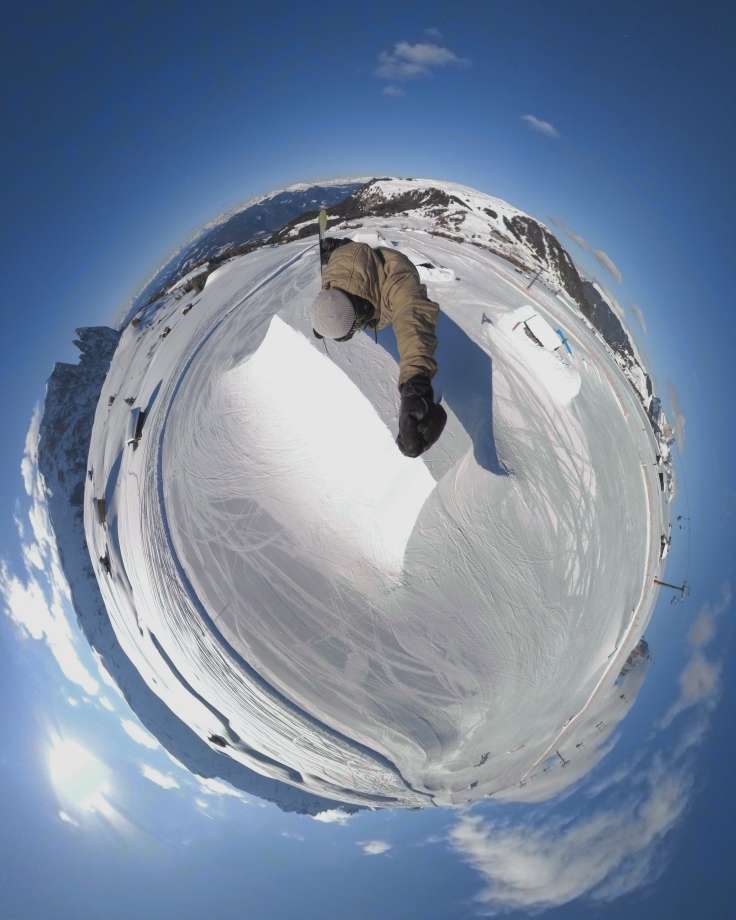
The Channel system of attaching bindings to board is one of Burton’s most groundbreaking innovations. Two slots, one for each binding, run parallel with the edge of the board and allow users to adjust their stance to an almost unlimited degree. Instead of the traditional mounting systems which featured six fixed screws, the two-screw Channel system, according to Burton, allows riders “to achieve the perfect stance, and cut setup time in half.” For you technical types there’s more information from Burton’s website here.
If you’d like to see some video reviews by the team at The Good Ride, they review the Burton Custom here and the Burton Deep Thinker here.
That Burton is imbued with the latest in technology is important, because to stand out among the crowd is no mean feat in the modern arena. Winter sport wears the badge of publicity as prominently as any other sport. Watch the Olympics, X Games, World Championships, or any of the stops on the World Cup tour and you’ll see logos and taglines on everything from banners to flags, clothing to equipment.
For the athlete, the permeation of sponsorship is more prevalent still. It’s not just the tangibles either. The way a sports personality acts and the things they say – or don’t say – can be governed by little clauses in their contract. It’s a partnership that is often strained and sometimes turns downright sour.
If longevity is any gauge though, the relationships Burton has forged with is star performers are successful ones – not to mention mutual.
“It means the world for me and I really respect the opportunities they’ve been giving me and supporting me in the good and the bad times. For sure I would not be where I am today with out their help and support. Thanks Jake, Donna, Herman and Hasi.”
For aspiring snowboarders, and athletes in general actually, the event of getting spotted and picked up by a sponsor is the stuff of dreams. If it happens, and it happens right, then you’re set for life. At least for your sporting life. Achieving that end isn’t easy but the recipe is straightforward.
“Well there is probably a lot of stuff you could tell young riders,” Roope says, “but I feel like if you be yourself and do what you love, when you do it good someone will see it.”

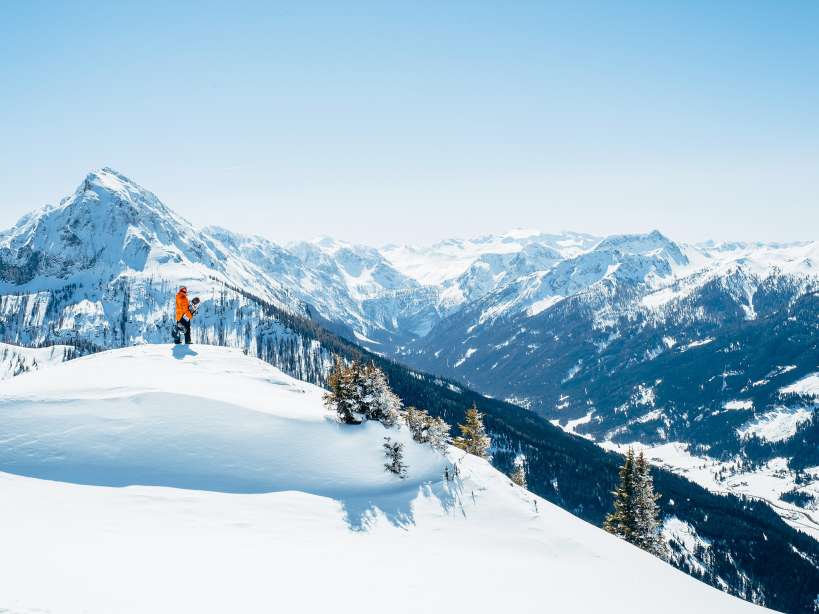
My grateful thanks to Roope Tonteri for his time. You can keep up with Roope’s ride through the backcountry and the parks at the feeds underneath. Later this week I’ll be featuring another Burton pro, Kimmy Fasani.
You can find the Burton Story Board at the online retailers listed below. Just so that you know, snowboards.com is an affiliate partner of mine, which means I receive a small commission for any sales that come via the link on this website (if you do, thank you!), the rest are not connected to me in any way – as always my priority is providing a relevant and trusted place for you to browse, i.e. somewhere you can actually buy the product in question. In either case please be aware that I’m not responsible for any sales or contracts you enter into with any retailer/supplier so you know the rules – read their terms and conditions. Shop responsibly my friends!
US: snowboards.com
Aus: melbournesnowboard.com.au
Europe: blue-tomato.com
Roope Tonteri Website: roopetonteri.com
Roope Tonteri Twitter: @roopetonteri
Roope Tonteri Instagram: @roopetonteri
Roope Tonteri Facebook: /roopetonteri
Related article: Arielle Gold
